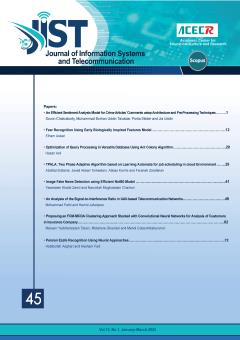Words in the natural language have forms and meanings, and there might not always be a one-to-one match between them. This property of the language causes words to have more than one meaning; as a result, a text processing system faces challenges to determine the precis
More
Words in the natural language have forms and meanings, and there might not always be a one-to-one match between them. This property of the language causes words to have more than one meaning; as a result, a text processing system faces challenges to determine the precise meaning of the target word in a sentence. Using lexical resources or lexical databases, such as WordNet, might be a help, but due to their manual development, they become outdated by passage of time and language change. Moreover, the lexical resources might be domain dependent which are unusable for open domain natural language processing tasks. These drawbacks are a strong motivation to use unsupervised machine learning approaches to induce word senses from the natural data. To reach the goal, the clustering approach can be utilized such that each cluster resembles a sense. In this paper, we study the performance of a word sense induction model by using three variables: a) the target language: in our experiments, we run the induction process on Persian and English; b) the type of the clustering algorithm: both parametric clustering algorithms, including hierarchical and partitioning, and non-parametric clustering algorithms, including probabilistic and density-based, are utilized to induce senses; c) the context of the target words to capture the information in vectors created for clustering: for the input of the clustering algorithms, the vectors are created either based on the whole sentence in which the target word is located; or based on the limited surrounding words of the target word. We evaluate the clustering performance externally. Moreover, we introduce a normalized, joint evaluation metric to compare the models. The experimental results for both Persian and English test data showed that the window-based partitioningK-means algorithm obtained the best performance.
Manuscript profile


